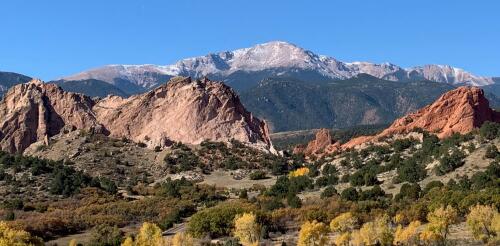Earth
Curious Kids is a series for children of all ages. If you have a question you’d like an expert to answer, send it to curiouskidsus@theconversation.com. Why does everything look flat even though the Earth is round? – Zayden, age 11, Corona, California Ever since the ancient Greeks first made observations of the circular Moon and the skies, scientists have known that the Earth is a sphere. We’ve all seen beautiful images of the Earth from space, some photographed by astronauts and others collected remotely by orbiting satellites. So why doesn’t our planet look round when we’re standing in a park or looking out a window? The answer is all about perspective. Humans are pretty tiny creatures living on a really large sphere. An average adult is between 5 feet and 6 feet 6 inches tall (1.5 to 2 meters), and kids are smaller. Imagine you’re a circus acrobat s...
Around 700 million years ago, the Earth cooled so much that scientists believe massive ice sheets encased the entire planet like a giant snowball. This global deep freeze, known as Snowball Earth, endured for tens of millions of years. Yet, miraculously, early life not only held on, but thrived. When the ice melted and the ground thawed, complex multicellular life emerged, eventually leading to life-forms we recognize today. The Snowball Earth hypothesis has been largely based on evidence from sedimentary rocks exposed in areas that once were along coastlines and shallow seas, as well as climate modeling. Physical evidence that ice sheets covered the interior of continents in warm equatorial regions had eluded scientists – until now. In new research published in the Proceedings of the National Academy of Sciences, our team of geologists describes the missing link, found in an unusual pebbly sandstone encapsulated within the granite that forms Colorado’s Pikes Peak....

